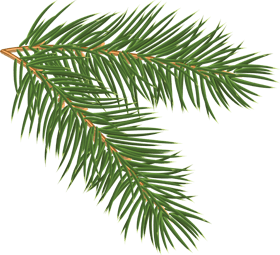pine processionary
Thaumetopoea pityocampa
La procesionaria del pino es una plaga común que afecta a los bosques de pinos en España. Estas orugas tienen una apariencia peculiar y son conocidas por su comportamiento en forma de procesión. En este artículo, exploraremos en detalle los peligros asociados con la procesionaria del pino, su presencia en España, los tratamientos profesionales disponibles y consejos para su prevención.
eliminate pine processionary - fumigate pine processionary - pine processionary treatment
Dangers or risks of the pine processionary
Human health risks
The pine processionary represents a risk to human health due to the following factors:
1. Direct contact: Contact with caterpillars or their stinging hairs can cause allergic reactions in people, including skin irritation, rashes, severe itching, and even respiratory distress in more severe cases.
2. Effects on pets: Pets can be seriously affected if they come into contact with caterpillars or ingest their hair. There may be irritation, inflammation of the mucous membranes, difficulty breathing and even more serious problems.
Damage to trees and ecosystem
In addition to human health risks, pine processionary can cause significant damage to trees and the broader ecosystem. The caterpillars feed on the needles of pine trees, weakening them and favoring the appearance of diseases and the death of the trees.

Pine processionary in Spain
Distribution of the pine processionary in Spain
The pine processionary is present in almost all of Spain. The presence of the processionary varies depending on climatic conditions and the availability of pine trees as hosts. The provinces where it is found most abundantly are:
Central area: Madrid, Toledo, Ciudad Real, Guadalajara.
Eastern zone: Barcelona, Tarragona, Castellón, Valencia, Alicante.
Southern zone: Granada, Málaga, Cádiz, Seville, Córdoba, Jaén.
Zona norte: Navarra, La Rioja, Burgos, Soria, Álava, Cantabria, Asturias.
Provinces of Aragon: Huesca, Teruel, Zaragoza.
Life cycle and habits of the processionary
The pine processionary has a life cycle that includes different stages, from eggs to caterpillars and their subsequent transformation into butterflies. During their caterpillar phase, processionaries move in a procession in search of food and to find a suitable place to build their nests.
Do you have a pine processionary problem?
Contáctanos. Somos expertos en tratamientos para eliminar la procesionaria del pino.
More than 40 years of experience support us.
OR GIVE US A CALL
965 952 750
Professional treatments to eliminate pine processionary
To control the pine processionary population, it is recommended to resort to professional treatments carried out by pest control experts. Some common methods include:
01
Endotherapy treatment
Specific products are injected directly into the trunk of the tree so that they are absorbed by the circulatory system and act against the caterpillars.
02
Treatment with biological products
Biological products are used, such as bacteria or viruses, which are harmless to other organisms but attack the pine processionary caterpillars.
03
Bag removal
The processionary nests are removed from the trees using safe and specialized methods to avoid the dispersal of the stinging hairs.
04
Traps or rings for the trunk
The objective is to catch the processionary caterpillars on their way down the tree. When they pass through the rings they become trapped.
Prevention and safety measures for the pine processionary
To prevent the presence of the pine processionary and minimize the risks, it is recommended to follow these tips:
- Regular monitoring: Perform regular inspections on the trees on your property and look for the presence of nests or processions of caterpillars. Information and education: Learn about the pine processionary and share this information with others to increase awareness of its risks and how to act. .



